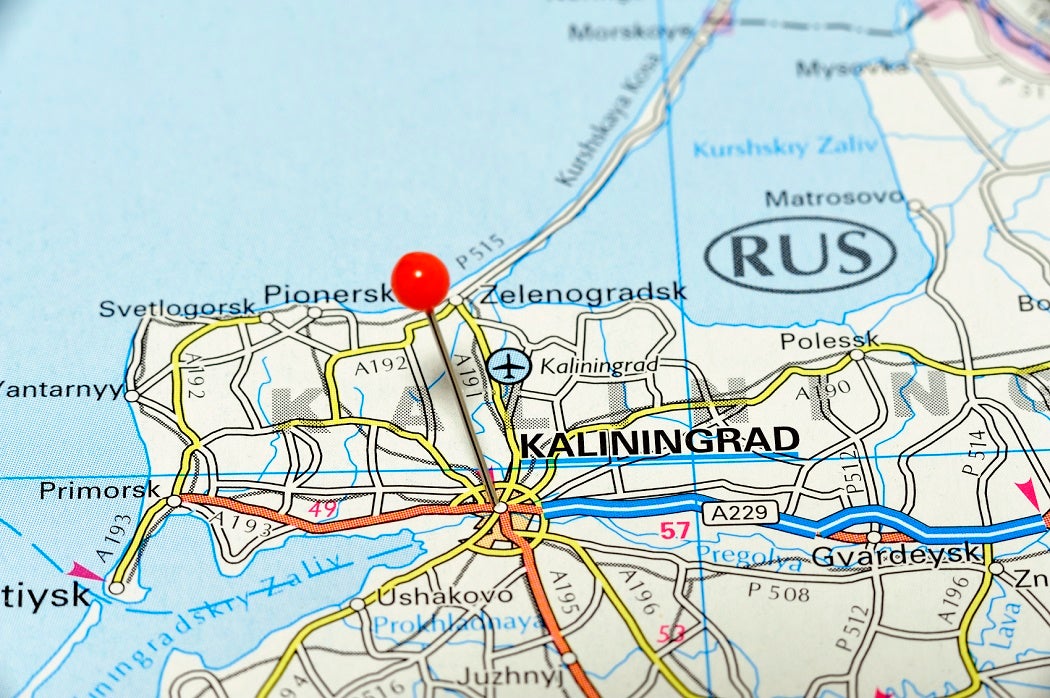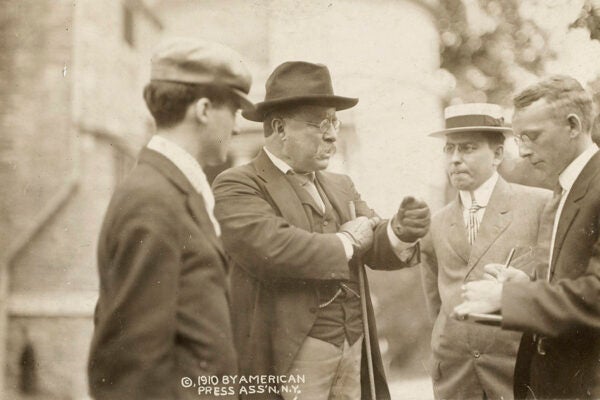If you look at a map of the Russian Federation, you’ll notice a separate piece of it 200 miles to the west of the mainland of Russia. This is the Kaliningrad Oblast, surrounded by Poland, Lithuania and the Baltic Sea. This obscure exclave of less than half a million people may soon erupt into the world’s consciousness.
Bringing Kaliningrad back into public view are recent comments from British officials about the threat of Russian intervention in the Baltic states of Estonia, Latvia, and Lithuania. Heavily militarized Kaliningrad is the perfect jumping off point for such military activity.
Through late February, Russian planes were approaching British airspace, causing the U.K.’s Royal Air Force to scramble in response. More recently, news of Russian leader Vladimir Putin’s week-long absence and resulting questions about his health suggest that the heightened state of European/U.S. and Russia relations won’t be cooling off soon.
So what is this exclave, with no physical connection to the rest of Russia, doing here? The answer is to be found in history, of course. Centered on an important Baltic port founded by Teutonic knights in the 13th century, the Kaliningrad region became part of the Kingdom of Prussia in the 18th century and later of the united Germany in the late 19th century. East Prussia was overrun by the Soviet Union in their drive to Berlin in 1945 and the Soviets decided to keep a chunk of it as a naval base.
The old city was largely destroyed, remaining German residents were expelled, and the area was re-settled by Soviet citizens. Peter Savodnik in the Wilson Quarterly calls the settler’s descendants “the beneficiaries of a grand coming together of peoples who elsewhere in the post-communist world are segregated according to ethnic, racial, and religious differences. That at least was was the party line—the new mythology…”.
The city and surrounding oblast, or state, were renamed in 1946 in honor of Mikhail Kalinin, one of the original old Bolsheviks, who had managed to evade Stalin’s wrath through the purges of the 1930s to die of natural causes.
With the breakup of the Soviet Union in 1991, Kaliningrad remained with the Russian Federation. It was a mess: “a region infested with poverty, corruption, AIDS, and wide variety of contraband” according to Richard Kwon in Harvard International Review. An attempt by the Russians to make the exclave a special tax zone attracted investment from other countries, but more recently the economic situation in Kaliningrad has soured as another enclave of Russians in the Ukraine have embroiled the West and Russia in conflict.
Kaliningrad’s obscurity on the geopolitical front can be measured by the academic attention paid to it. There was a flurry of citations in the late 1990s and early 2000s, followed by very little in the last five years, except for the attention paid to it in Arms Control Today. Kaliningrad, being that much closer to the heart of Europe, has become a Russian base for missiles.







